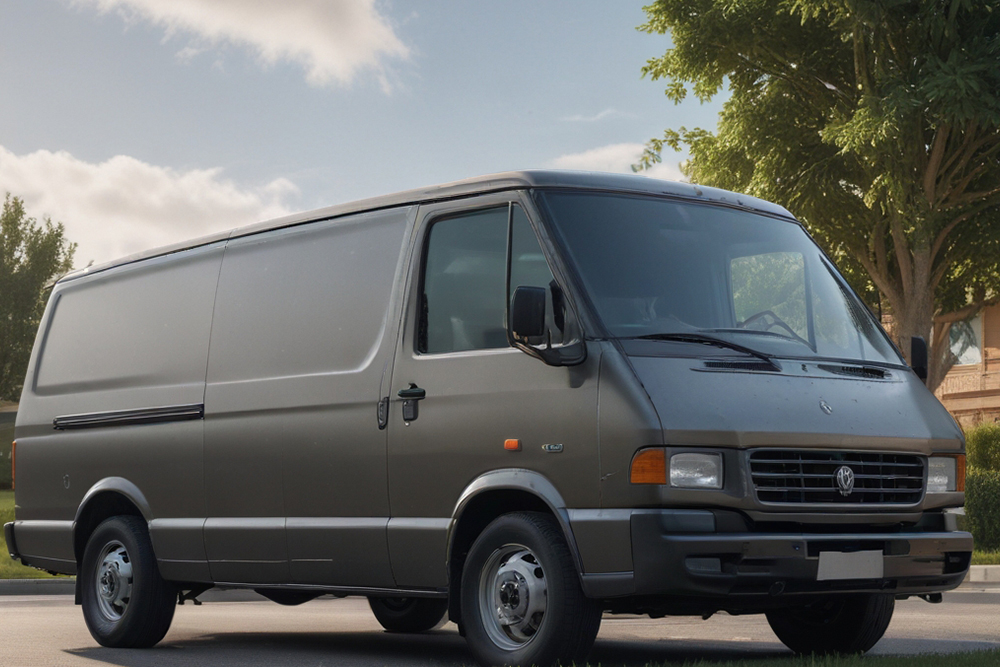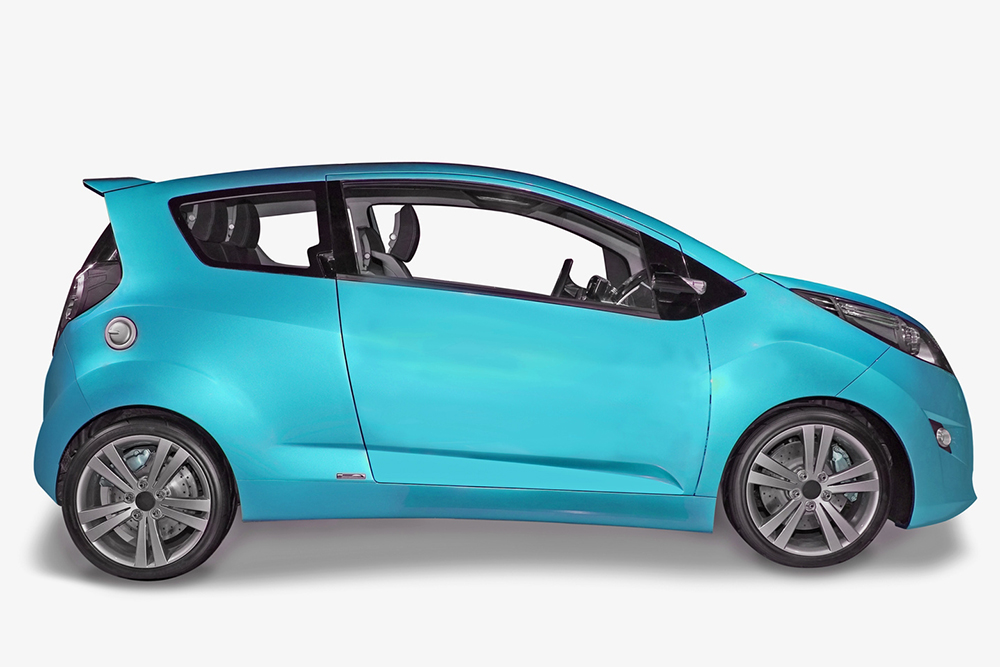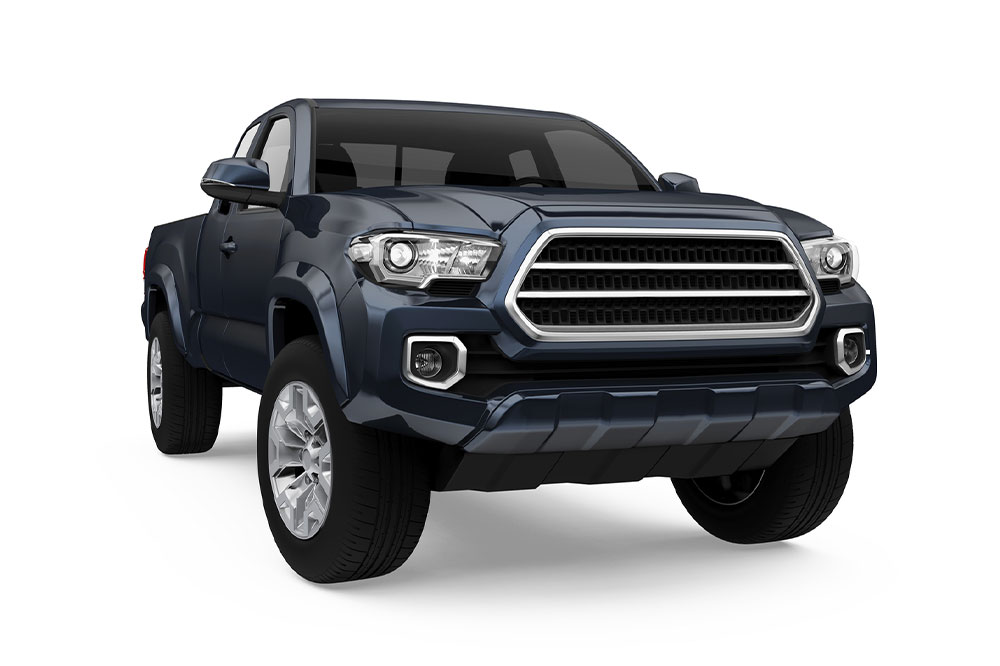Essential Guide to Purchasing a Used Delivery Van
Learn essential tips for buying a used delivery van, including evaluating insurance costs, resale value, fuel efficiency, cargo needs, and vehicle condition. This guide helps small business owners and individuals make informed decisions, ensuring a reliable investment that meets their transportation needs while minimizing long-term costs.

Key Strategies for Buying a Second-Hand Delivery Van
For small business owners or individuals involved in freight transport within urban areas, acquiring a delivery van can be highly beneficial. These vehicles feature a large enclosed cargo area, ideal for safely storing packages. Many opt for used vans to save costs; however, thorough research and consideration of crucial factors are essential to secure a good deal.
1. Review Insurance Expenses
Securing proper insurance coverage is vital when purchasing a pre-owned van, providing protection against theft or damage. Insurance premiums significantly influence the overall purchase cost, affected by factors such as cargo volume, daily usage, and operational zones. Comparing insurance options and considering fleet coverage can help small businesses reduce expenses.
Evaluating insurance costs carefully ensures the used van fits within your budget. Fleet insurance plans often offer more affordable rates for multiple vehicles, making them a wise choice for businesses. Proper risk assessment before purchase helps prevent unexpected expenses later.
2. Consider Future Resale Value
If planning to resell the van later or upgrade, assessing its depreciation rate is crucial. Vehicles from reputable brands typically retain value better due to durable construction and quality parts. Factors like vehicle age, brand, and condition influence resale worth. Utilizing online valuation tools can help estimate future resale value, aiding in smarter buying decisions and lowering long-term ownership costs.
3. Check Fuel Efficiency and Mileage
Transport businesses that haul goods over long distances should prioritize fuel economy. A used van with higher fuel efficiency reduces operational costs, especially when managing fleet expenses. Pay attention to odometer readings to detect potential issues; high mileage might indicate excessive wear or maintenance needs, which could impact fuel performance and reliability.
4. Match Cargo Capacity to Your Needs
Assessing the cargo volume and payload capacity is vital. Overloading a van can lead to mechanical failures or accidents, increasing costs and safety risks. Determine your typical cargo dimensions and weight, then select a vehicle that comfortably meets these requirements without strain.
5. Inspect Loading and Unloading Features
The design of entry and exit points, such as doors, influences ease of loading, especially for frequent deliveries. Features like sliding doors are advantageous in tight spaces, enabling quick and efficient cargo handling.
6. Examine Tire Wear and Condition
Inspect tires for even tread wear, which indicates proper alignment and suspension health. Sufficient tread depth (above 3mm) ensures safety and braking efficiency. Check sidewalls for bulges or damage, as compromised tires pose blowout risks.
7. Evaluate Overall Vehicle Condition
Affordable used vans may sometimes need repairs; thus, a thorough inspection is necessary. Evaluate the vehicle's mechanical state, body condition, and functionality. Purchasing from reputable dealerships or certified sellers reduces risks and ensures better after-sale support. Avoid vehicles in poor condition to prevent unexpected expenses.
Disclaimer:
Our blog offers diverse industry insights based on research and data analysis. While informative, these articles shouldn't replace professional advice. Buyers should verify details independently and consider all options for the best deal. Reputable sellers and accurate info are recommended for smart purchasing decisions.










